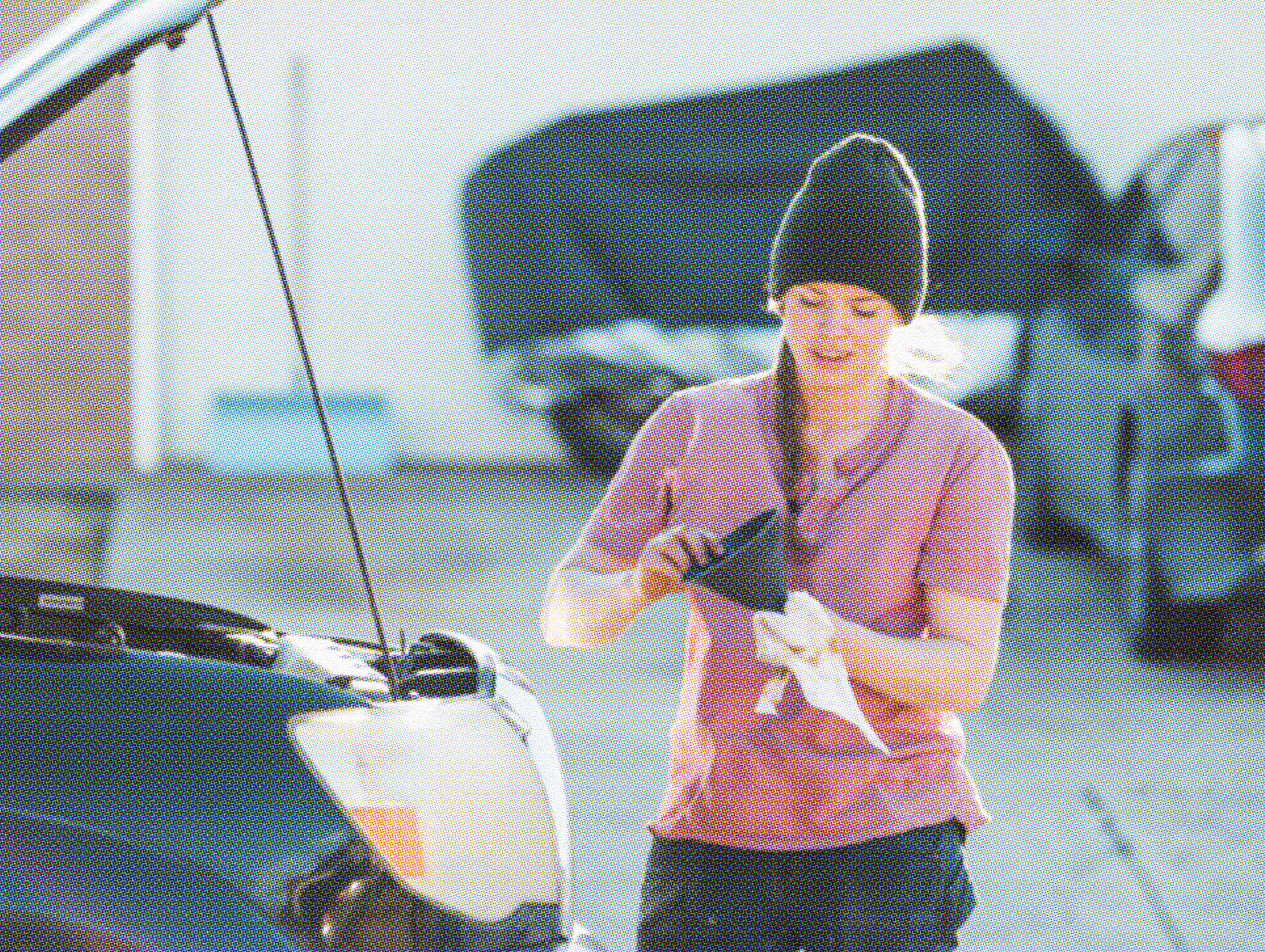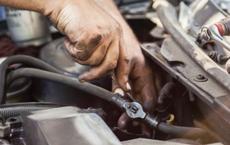6 min read
We’re not saying you gotta become a master mechanic, but if you drive a car, you should have a few basic maintenance tricks up your sleeve.
If your car is breaking down too often and junk car removal is on your mind, it might just be time to sell (and Peddle is totally here for that). But if you’ve got a flat, or need the engine oil changed, it can save a helluva lot of time and money if you can DIY-it.
Lots of auto-part stores will run a CEL diagnostic for free, so you can figure out where a fault is, and also offer tool-loans so you can get kitted out on the cheap. YouTube is the go-to place for easy-to-follow tutorials from experienced mechanics (and so much better than your dad’s dog-eared manuals).
But before we dive into some basic how-tos for auto repair, there are some safety ground rules. Make sure that the vehicle is turned off and the engine has had time to cool. Work on even ground in a well-lit, ventilated area and consider wearing gloves and eye protection if you’re dealing with a mechanical issue. No point saving yourself a trip to the garage if you end up waiting in urgent care, right?
Now let’s take a look at five car maintenance basics all drivers should know
how to check your tire pressure
To check your tire pressure you need a tire gauge—you can get these cheap on Amazon or from a garage or auto parts store.
Remove the cap on your tire air valve and push the gauge into the valve for a couple of seconds to get the current tire pressure.
The number on the side of the tire will be the maximum pressure and can find the operating pressure in your car manual. Compare the number of the gauge to make sure your tire is in range (be careful not to overinflate).
If your tire pressure is low you can give it a top up using the hose at the gas station (pro tip: lots of gas stations will turn on the air hose for free if you ask at the counter).
how to check your fluid levels
There are a few different fluids in your car that you should check regularly—and it only takes a few seconds.

engine oil
To check your engine oil, pop the hood and locate the dipstick (if it’s tricky to locate then your user manual will point you in the right direction).
Give the dipstick a wipe and notice two marks on it—the minimum and maximum oil levels. Now push the dipstick back in the tube and remove it again to check the oil level.
If it’s looking low, locate the oil cap and top it up by pouring in a bit more oil. You don’t want to overfill it, so add a small amount of oil each time and check with the dipstick.
coolant
You guessed it—coolant is the secret sauce that keeps your engine from overheating. The coolant can usually be found under the hood in a translucent container. On the side there will be min and max marks so it’s easy to check the levels. Keep it topped up with a 50/50 mixture of coolant and antifreeze.
brake fluid
The brake fluid is usually located at the back of the engine in the master cylinder. Like the coolant it's in a translucent container with range marks. Make sure you top it up with the right fluid for your particular vehicle.
windscreen washer fluid
This will normally be found in another translucent plastic reservoir near the back of the engine—close to the windscreen. It’s safe to top this one right up to the top, so if it’s looking low, fill it up.
how to change a tire
A car maintenance classic—changing a tire is easy if you know how. Let’s run through the steps.
Remember those safety tips—make sure your car is switched off and parked on a flat surface. If you’re on the side of a road put your hazard lights on. Put the handbrake on and place it in first gear (or in park, if you drive an automatic).
Loosen the wheel nuts using a wrench (righty tighty, lefty loosey!)
Locate the jacking point closest to the wheel that you’re changing—it’s usually marked with an arrow—and raise the car just as high as it needs to go to change the tire (remember: an inflated tire will need more height than a flat one)
Remove the old wheel and slide on the new one.
Partially tighten the nuts, lower the jack and then, finally tighten the nuts fully.
Get a new spare!
how to replace an air filter
This is a super easy piece of maintenance. Air filters need changing every 10-12,000 miles and are important for keeping your engine air intake clean. You can buy a replacement for ten bucks online or at your local Walmart and it only takes a few minutes to do the job.
First, find the filter box under the hood—it’s usually in a black plastic box with a hose coming out of it. Next just clip it open, remove the old filter and slide in the new one. Clip the box shut and wham, bam, you’re good to go.
With these auto repair basics you should be able to keep your vehicle running clean and smooth day-to-day. It’s also a great way to avoid getting burned with a hefty bill for two minutes work at the garage. But if your engine is spewing smoke, and you need a mad scientist rather than a greenhorn to make sense of the problem, it might be time to go in for an upgrade.
Sell your car to Peddle (we don’t care if it’s worse for wear) and we’ll get you on the road to buying a new one.
Related articles
Finally retiring old-trusty? Get an offer in minutes-it's easy as pie


